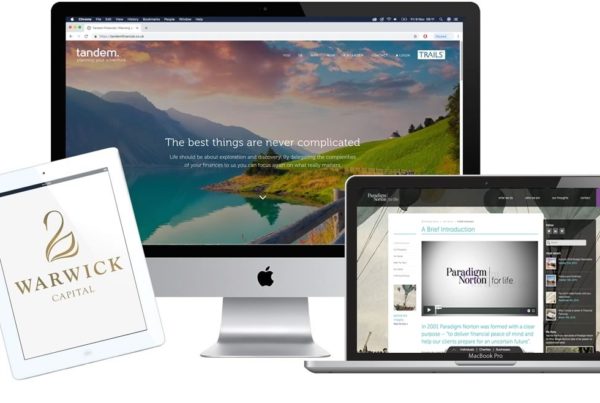
Financial websites need traffic to be worthwhile. After all, there is little point to it if no one is looking at it or engaging with the content. Yet how can financial firms drive good quality content to their websites? Which channels are available to them, and which ones can reliably produce good results?
In 2021, the range of traffic sources available to financial websites continues to expand as new platforms and technologies emerge. There are also many more established mediums common to websites across most industries/sectors, which we will discuss below.
In this article, our marketing team here at CreativeAdviser offers 5 strong traffic sources which have the potential to drive decent traffic to a financial website. Please bear in mind that some of these channels may be more relevant than others, depending on your target audience and marketing goals.
Moreover, none of what follows should be taken as reasons to not craft your own digital strategy. You can find more resources on how to do this on your blog. Alternatively, if you want to book a free marketing consultation with us, you can do so via our online form here.
#1 Organic search
Most consumers turn to a search engine when they are looking for a product, service or solution to a problem (e.g. pension advice). In 2021, Google Search results still list around 10 links on the first page, with an option for the user to expand the results once they scroll down to the bottom. Getting your website into these top 10 search results is a great way to secure traffic.
You will need to be strategic here. You do not want your financial website appearing in the top 10 of any old search results. First of all, the search query needs to be relevant. If you are a financial planner looking to attract enquiries related to pensions and portfolio planning, for instance, then it makes little sense to target search terms such as “best ISA” (which is probably more relevant for banks).
Secondly, the search term(s) in question need to have decent search volume. If 100 people in your local area search for a given keyword each month, for instance, then you stand a good chance of taking some of that traffic if your financial website has secured one or more places in the top 10 search results.
#2 Financial newsletters
Most likely, you want your current clients to engage often with your brand. That may come in the form of social media commenting/likes/follows, reading your monthly newsletter, frequenting blogs on your website and consuming brand collateral such as flyers and brochures. A client newsletter can be a great source of traffic to your website to achieve this goal.
This is easier to achieve with a digital E-newsletter than a PDF format, where the articles are contained within the attachment included in your email to the client. With an E-newsletter (e.g. using a service like MailChimp), you can include links to your full articles which are hosted on your website. This allows the recipient to browse the topics in your email and click on that which most interests them.
After they have arrived on your financial website and read the content, they may go on to read other articles and possibly even forward/share one with a friend, colleague or family member.
#3 LinkedIn posts
Many financial planners (understandably) want to target business owners and other professionals on LinkedIn, where these audiences are often present and active. LinkedIn can be a great way to drive traffic to your financial website. To do so, you need a strong following – i.e. hundreds of people who are connected to your personal profile (which must look professional). You also need to be active and “social” on the platform, sharing and commentating on others’ posts. Finally, you should be publishing your own thought leadership which appears in your followers’ news feeds, where they can click on the link to your financial website to read and find out more.
#4 Guest posts
If you are committed enough with your content marketing to build relationships with other content creators, then you may get the chance to write guest posts for their websites. This is an especially powerful source of traffic if their audience is relevant to you, and if their own website attracts lots of its own traffic. After visitors have read your guest piece, they may then go on to search for you or your business directly in Google Search. Or, perhaps they can click on a link in the piece itself which will take them to your financial website.
#5 Google Ads
You need to plan carefully when it comes to digital adveritsing. It is easy to spend lots of money on the likes of Google and Facebook without knowing fully what you are doing, wasting money in the process. Yet many of these platforms can be powerful tools for attracting further traffic in the form of “paid search” or “display ads”. The former involves creating ads which appear in your audience’s Google Search results, often displayed at the top. The latter involves creating image-based ads which appear in the side-bars and other page locations of separate websites which your audience frequents. This may include news websites, blogs and forums related to your niche.






